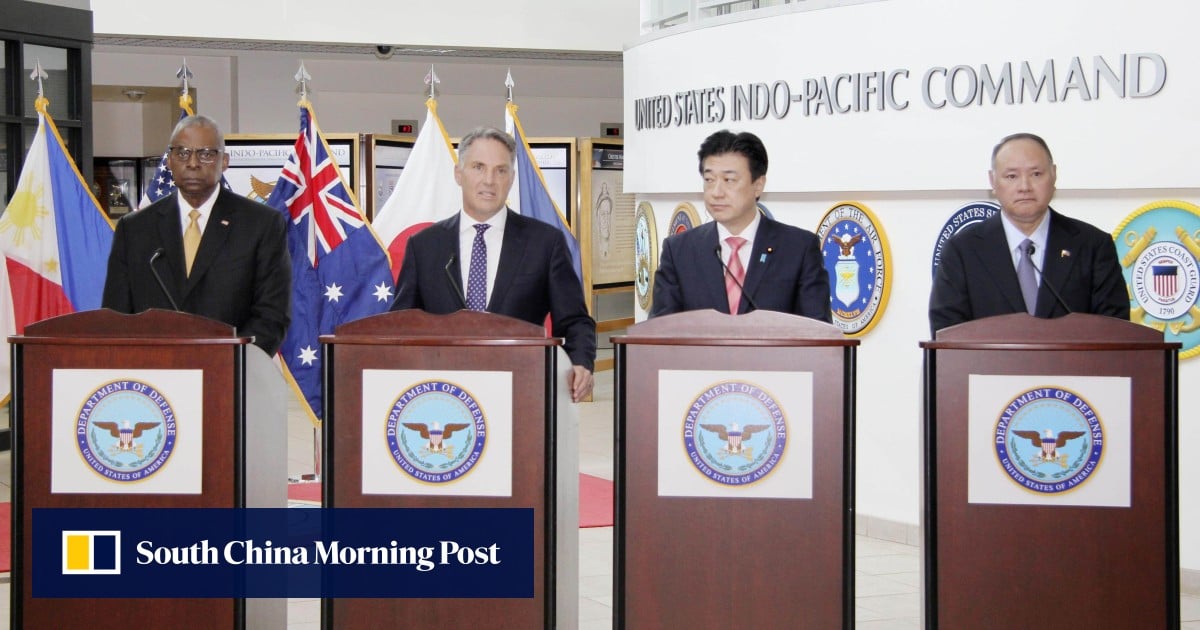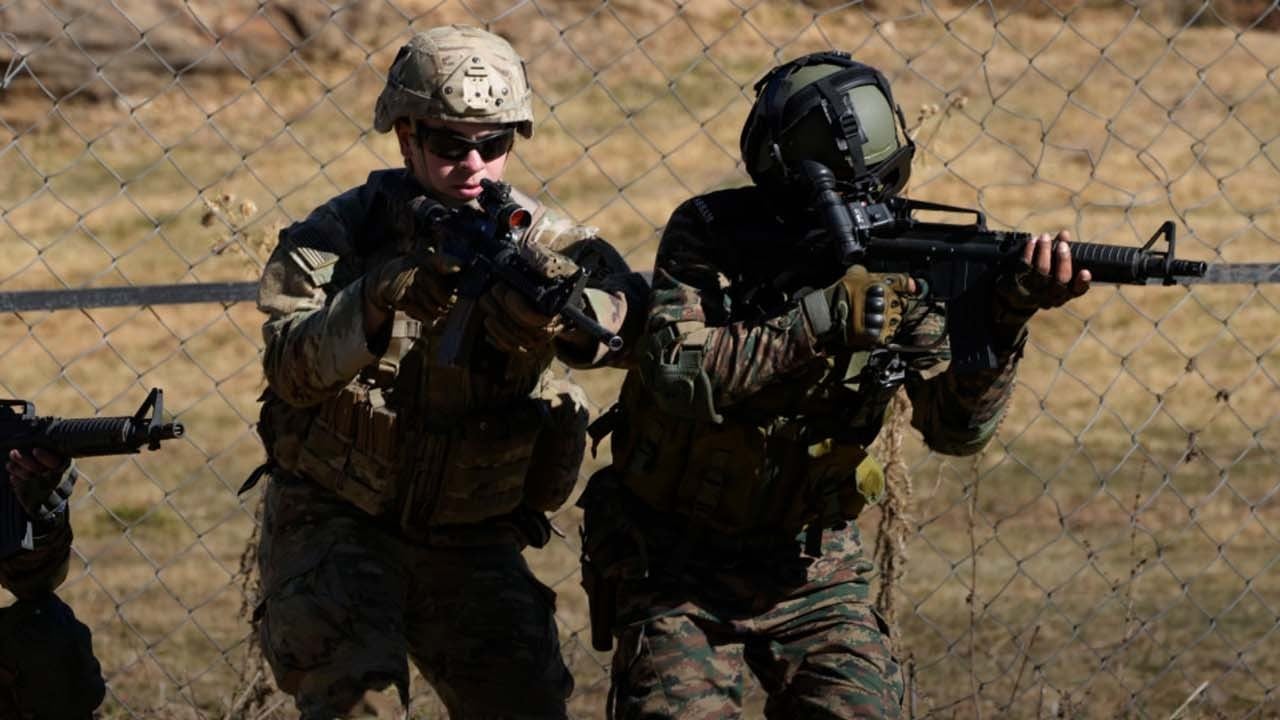He added that Washington had made clear to all nations, including China, that Beijing’s recent behaviour in the disputed waterway was “irresponsible” and “disregards international law”.
“Squad countries are strong maritime nations, having keen commercial interests in the conflicting South China Sea to the East China Sea.
“Having official backing among the navies of these four countries makes sense, and hence eventually the Squad might emerge as a more institutionalised or formalised grouping,” Panda said.
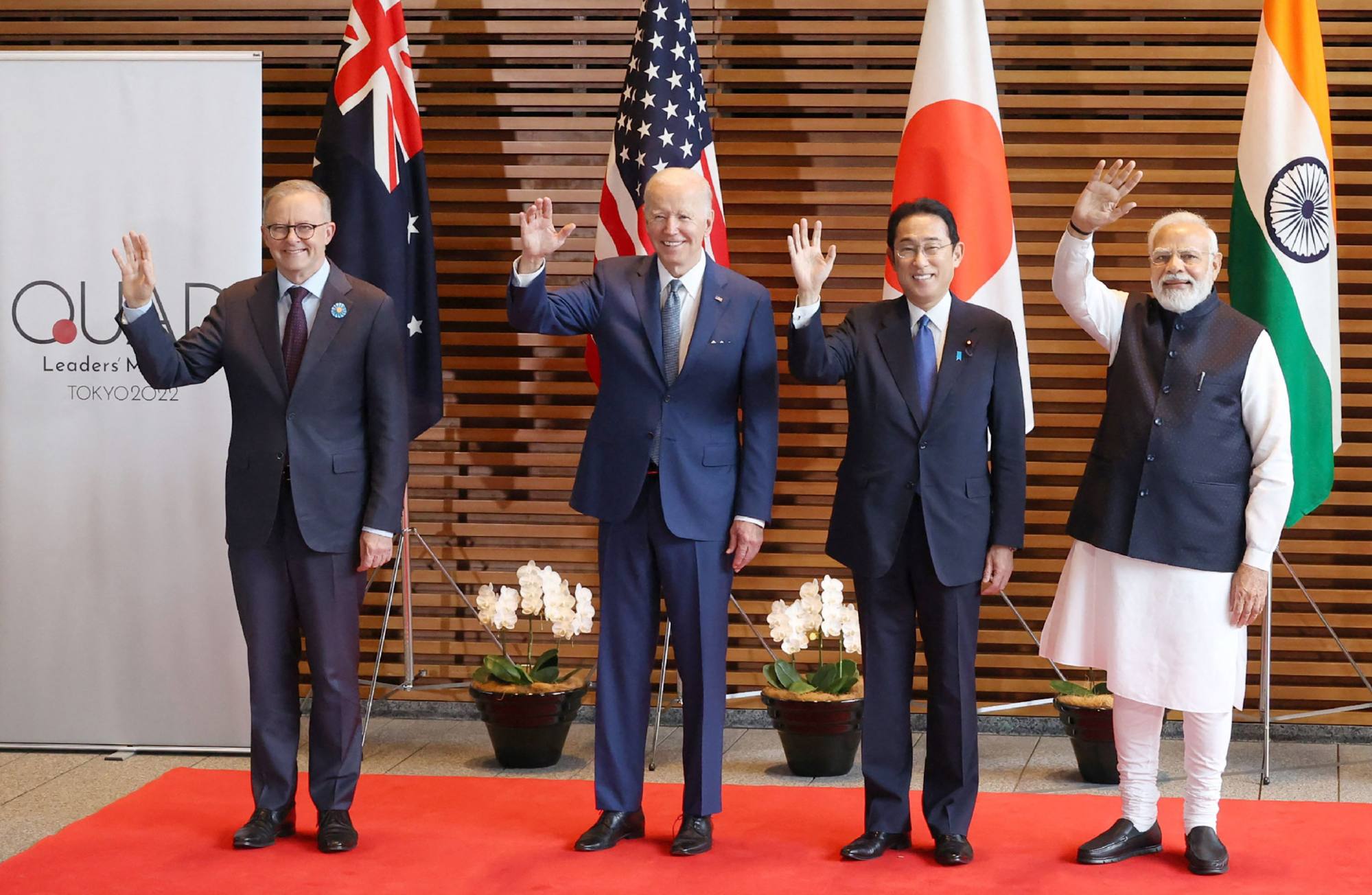
Noting the Squad would complement the Quad, Panda said the two groupings would lead to a more “versatile power distribution” where “powers and responsibilities are shared”.
“There is an opportunity and chance for the Squad and the Quad to coexist,” Panda said.
Yoichiro Sato, professor of Asia-Pacific Studies at Japan’s Ritsumeikan Asia-Pacific University, said “Manila will remain focused on borrowing the strength of the other three countries in deterring China’s challenges” against its maritime claims in the South China Sea.
“The two overlapping four-party arrangements allow more cohesion within each group, allowing both India and the Philippines to work within their comfort levels” with Australia, Japan and the US, Sato added.
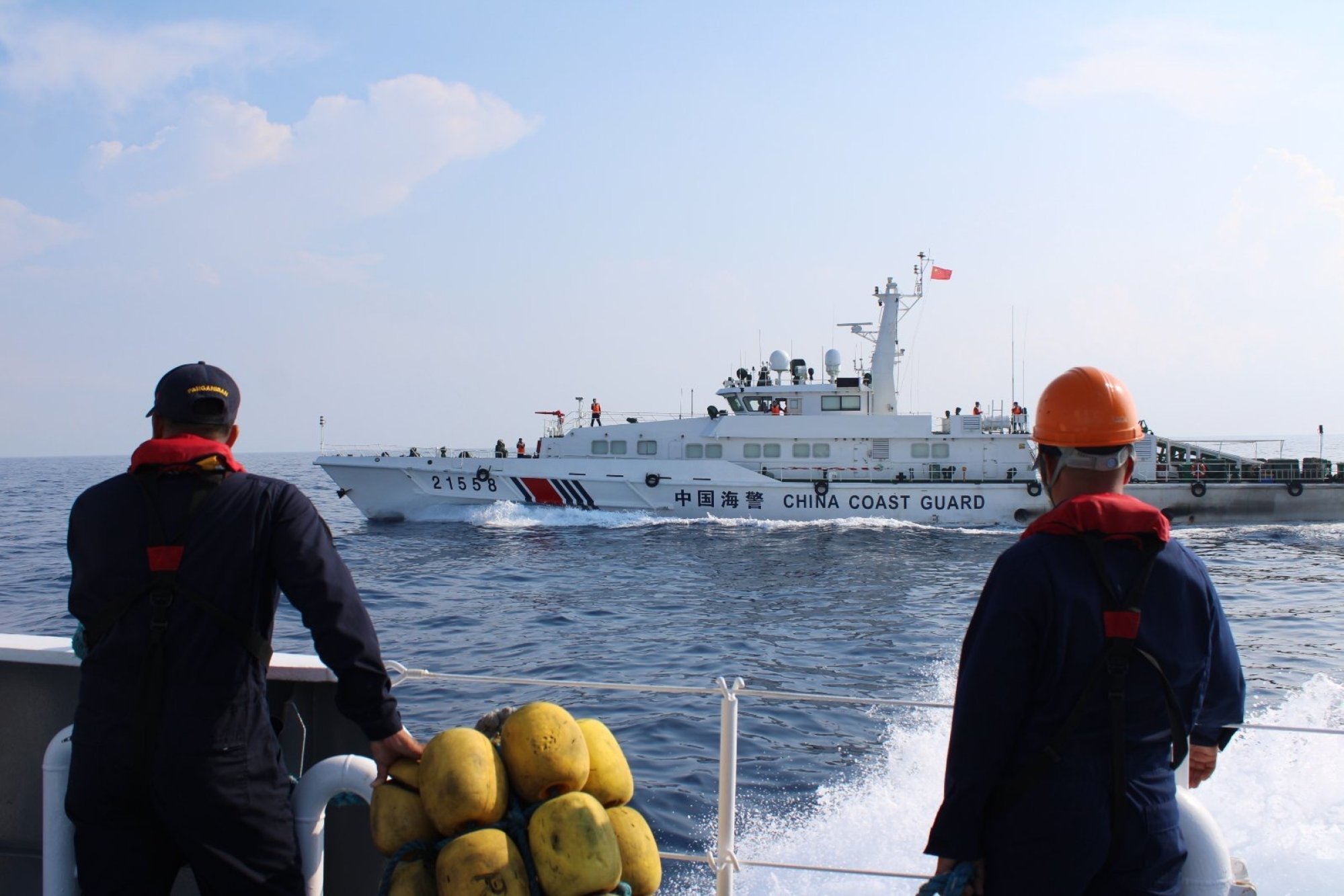
Joshua Espeña, vice-president of the International Development and Security Cooperation think tank in Manila, said the Squad grouping signalled Washington’s continued resolve in integrating all its Indo-Pacific allies to contain China’s “excessive claims in the region”.
“The inclusion of the Philippines implies that Manila is no longer viewed as a junior partner,” he noted, but rather as a respected stakeholder and a sign of greater “inclusivity and respect for those willing to fight for a rules-based international order”.
Squad will not only offer Manila greater “diplomatic assurances” and help its capability-building, it will also ensure greater interoperability between the Philippines and its allies, according to Espeña.
China’s state tabloid the Global Times on Sunday said the Squad grouping would pose “a more targeted challenge” to Beijing as it allowed the US to “manage the security situation in the South China Sea and the Taiwan Strait”.
Citing Chinese analysts, the daily also warned that the Philippines had become increasingly “manipulated by the US, is losing its autonomy and becoming a pawn of the US in the region”.
Espeña said China had forced the Philippines to form minilateral arrangements due to its aggression and flouting of international laws. “China must treat the Philippines not as a US pawn, but as a sovereign state that has legitimate security concerns over its maritime claims.”
India left out?
“Hence, the US now has an alternate Quad,” Grossman wrote.
Ian Hall, international relations professor at Australia’s Griffith University, said India did not currently have the capacity to project power and sustain military deployments in the South China Sea.
“Delhi’s primary focus is to the north, on the land border with China, and also in the Indian Ocean, including the Malacca Strait,” Hall said.
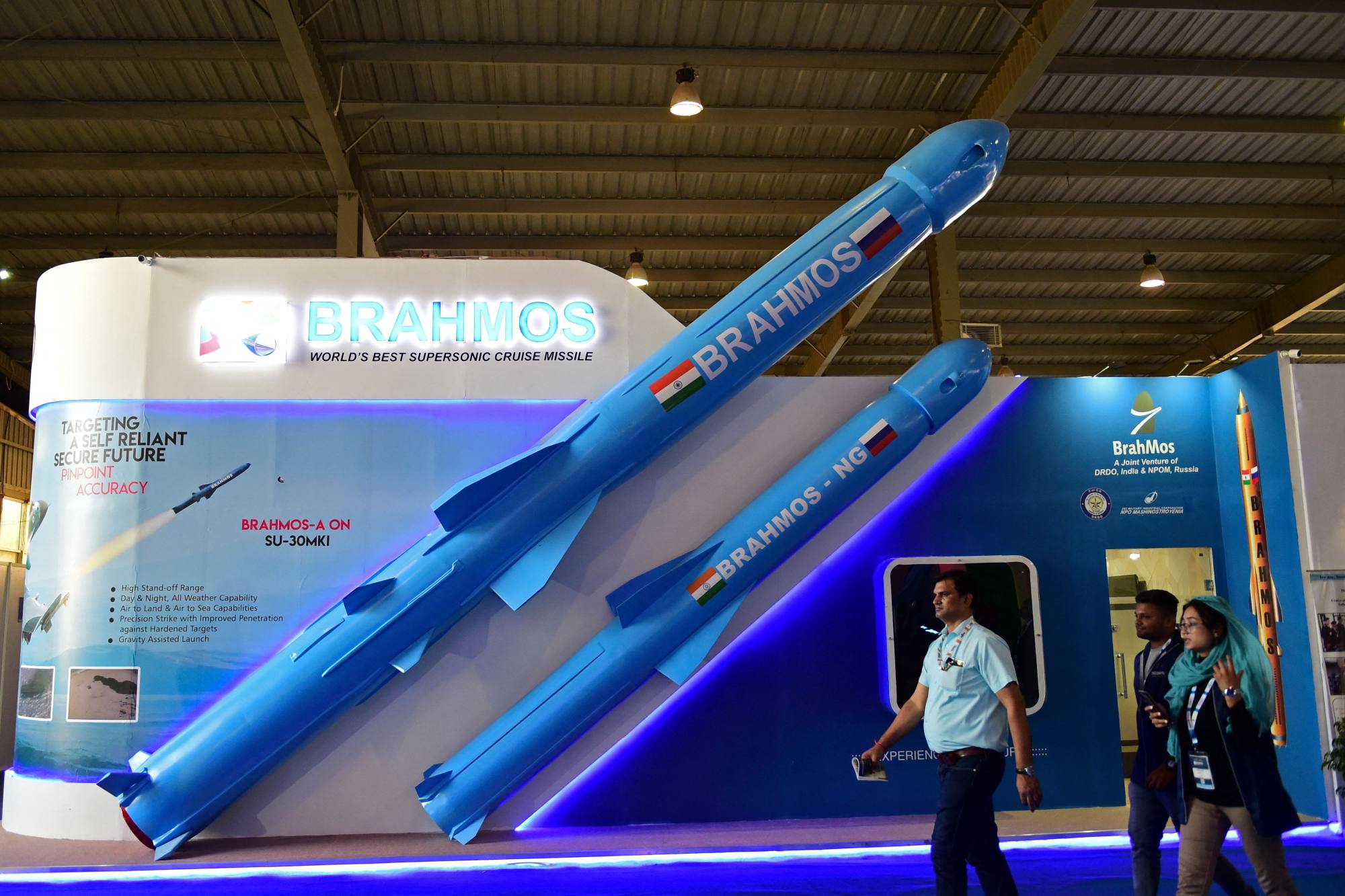
Last month, India delivered its first batch of supersonic cruise missiles to the Philippines under a US$375 million deal signed in 2022. Reports indicate Manila intends to deploy the weapons along the country’s coast amid rising tensions with Beijing in the South China Sea.

